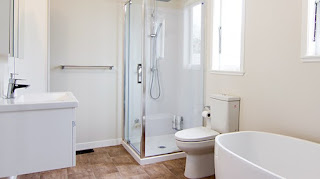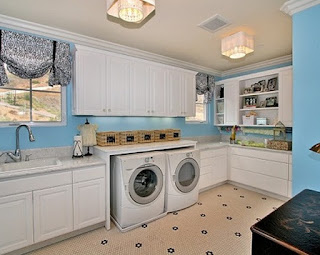Curtains Designs:A curtain (sometimes known as a drape, mainly in the United States) is a piece of clog intended to block or obscure light, or drafts, or in the case of a shower curtain) water.A curtain is also the movable screen or drape in a theater that separates the stage from the auditorium or that serves as a backdrop.Curtains are often hung on the inside of a building's windows to block the passage of light, for instance at night to aid sleeping, or to stop light from escaping outside the building (stopping people outside from being able to see inside, often for privacy reasons).
Curtains are manufactured from a variety of thick fabrics, each with a differing degree of light absorption and heat insulating qualities. For maximum temperature control, the curtain gap to the window should be small, with minimum convection drafts below or above the curtain. Various architectural structures around the curtain can minimize these air drafts, but usually they are just used for decoration and make rooms feel more cozy.
A net curtain is one that is made from translucent fabric, such as a loosely woven polyester voile or a cotton lace. Sheer curtains allow a majority of light to be transmitted through the fabric, with the fabric weave providing a basic level of UV protection while retaining maximum visibility outward through the curtain.
Curtains are a form of window treatment, and complete the overall appearance of the house. Window treatment helps control the ambiance and flow of natural light into the room. The effect of drapery or curtains is best seen in daylight, and with proper indoor light positioning, can look attractive even at night.
Curtains vary according to clean ability, ultraviolet light deterioration, oil and dust retention, noise absorption, fire resistance, and life span. Curtains may be moved by hand, with cords, by press-button pads or remote-controlled computers. They are held out of the way of the window by means of curtain tie backs Measuring curtain sizes needed for each window varies greatly according to the type of curtain needed, window size, and type and weight of curtain.
Sheer curtains are sometimes referred to as "privacy curtains" in reference to their screening abilities; during the day most sheer fabrics will allow people inside the home to see the outside view while preventing people outside the home from seeing directly into the home.Curtains are a form of window treatment, and complete the overall appearance of the house. Window treatment helps control the ambiance and flow of natural light into the room.
Net curtains not only serve as window coverings, but they also allow the right amount of light into a home. Dirt, dust and debris can settle on the net with time and make the curtains look grimy and smell bad. Cleaning net curtains properly helps to keep them in good condition.Curtains come in a variety of shapes, materials, sizes, colors and patterns. They often have their own sections within department stores, while some shops are completely dedicated to selling curtains.
Flat panel curtains are simple and versatile: to make them, pieces of fabric are hemmed on all four edges and the final rectangular or square piece is hung from curtains poles with clip-on rings or something similar. If pleated, the look is strongly influenced by the fullness of the pleats.Panel Pair Curtains are also known as double panel curtains. They refer to two curtain panels hanging on either side of the window. This is the most common style.
























































